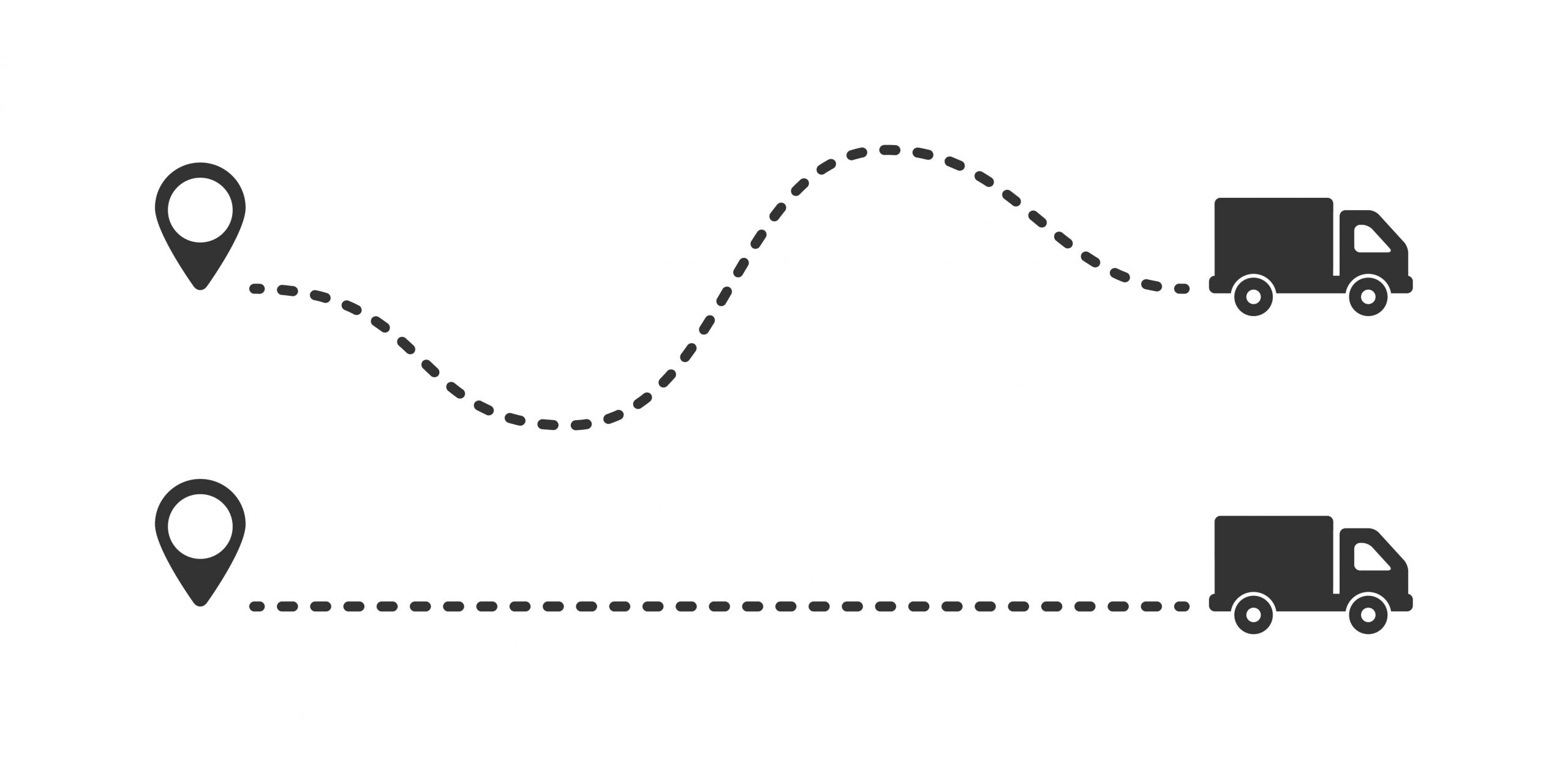As a first look at master routing, let’s try to understand what we mean by master routing, why we would embark on a master-routing project, how we would do this and when or how often we should build and review our routes. By David Lubinsky, MD of OPSI Systems.
What is master-route planning?
Many companies need to visit a set of outlets on a regular frequency, whether for sales and service calls, or to make deliveries. FMCG companies may have sales teams that visit their clients to take orders at differing frequencies, depending on the order size. Water delivery companies visit clients at different frequencies, depending on the contract. Home-care workers visit their patients regularly, depending on their needs. Allocating visits to days and resources – as well as building daily optimised routing for the entire cycle – is known as master-routing.
We will talk about the sales example in the remainder of this article, but it all applies to deliveries and service calls as well.
To build a master route plan we need two set of inputs: the universe of outlets to be visited and the set of resources to do the visits. We also need a bunch of info about the outlets and salespeople (reps) involved.
For the outlets, the minimum we need is: segment (type of store), visit frequency (e.g. once a month, or weekly), visit time (how long we need to spend at the outlet on each visit), and location (longitude, latitude).
For the reps, we need know at least: where they are based, their working hours, the cost per rep and which market segments they are permitted to visit according to their level of expertise.
Using these two data sources, the purpose of a master-routing exercise is to deliver a visit plan that assigns outlets to days and reps, along with a visit sequence for each day in such a way that:
- all the constraints are satisfied;
- the cost is minimised; and
- the workload between the reps is equally balanced.
Why do you need master route planning software?
There are three main reasons to build a master route plan. The first, and usually the highest priority, is always to save costs. Sales teams are expensive. Salaries form the biggest cost component but often saving vehicles and mileage can also be significant. A good visit plan can reduce total time to achieve all the visits by five to 10 percent, relative to the manual plan. This can translate to reductions in staff, or higher turnover, by increasing the sales activity at each stop.
After cost reduction, a second reason to build a complete master route plan is to satisfy customer requirements. Some customers might prefer a sales visit in the morning, or not on a Friday, or by a specific salesperson, and so on. It becomes almost impossible to keep all the requirements in mind when building a manual visit plan.
A third and often missed reason to automate visit planning is to balance the workload among the sales team members. Manual plans often lead to a highly unfair distribution of work. You may, for example, cut the territory so each salesperson has the same number of outlets, but the total number of visits may be quite unequitable due to the frequency of visits to outlets within the territory. Even if we balance the number of visits, the total workload can be rather unequal due to differing in-store times and total travel distances. Unbalanced workload is not only inherently unfair and bad for morale, but also leads to sales calls being missed by overloaded staff and wasted resources for the underloaded ones.
How does route planning work?
The usual manual approach to master routing involves an area manager trying and divide up the outlets between his group of sales reps manually. Therafter, it is up to each rep to assign the visit days and sequence as efficiently as possible. There are obvious problems with this approach. Firstly, the area manager may not do a good job of dividing up the outlets and, secondly, each sales rep may not succeed in building the most efficient routes.
The alternative is to use a specialised master-route planning tool which can take all the inputs and, using advanced and intelligent algorithms, find the most optimised solutions to the problem.
While these tools may be expensive and complex to use due to the intricate nature of the problem, the benefits can be transformational – often leading to huge savings and productivity benefits.
When do you need to start using route planning software?
If you have such a tool, when should you apply it? Usually, the journey to master-route optimisation has two phases: the initial routing and then the iterative refinements. The initial phase is the hardest. This requires gathering and calibrating all the data, and then rolling out and testing the new routes on the ground. Often, when the new plan is trialled in real life, errors in the data are uncovered and the planning exercise needs to be re-run until usable routes are developed.
Once the first routing is completed, it is usual to re-run the master-route plan at regular intervals to accommodate new stores, lost stores, or changes in visit strategy. These intervals could be weekly, monthly, quarterly or annually, depending on the rate of change of the outlet universe.
Conclusion on the what, why, how and when of mater-route planning
Building optimised master routes for sales, delivery, or service teams presents an important opportunity for companies with large teams, and can lead to large cost savings and related benefits.


